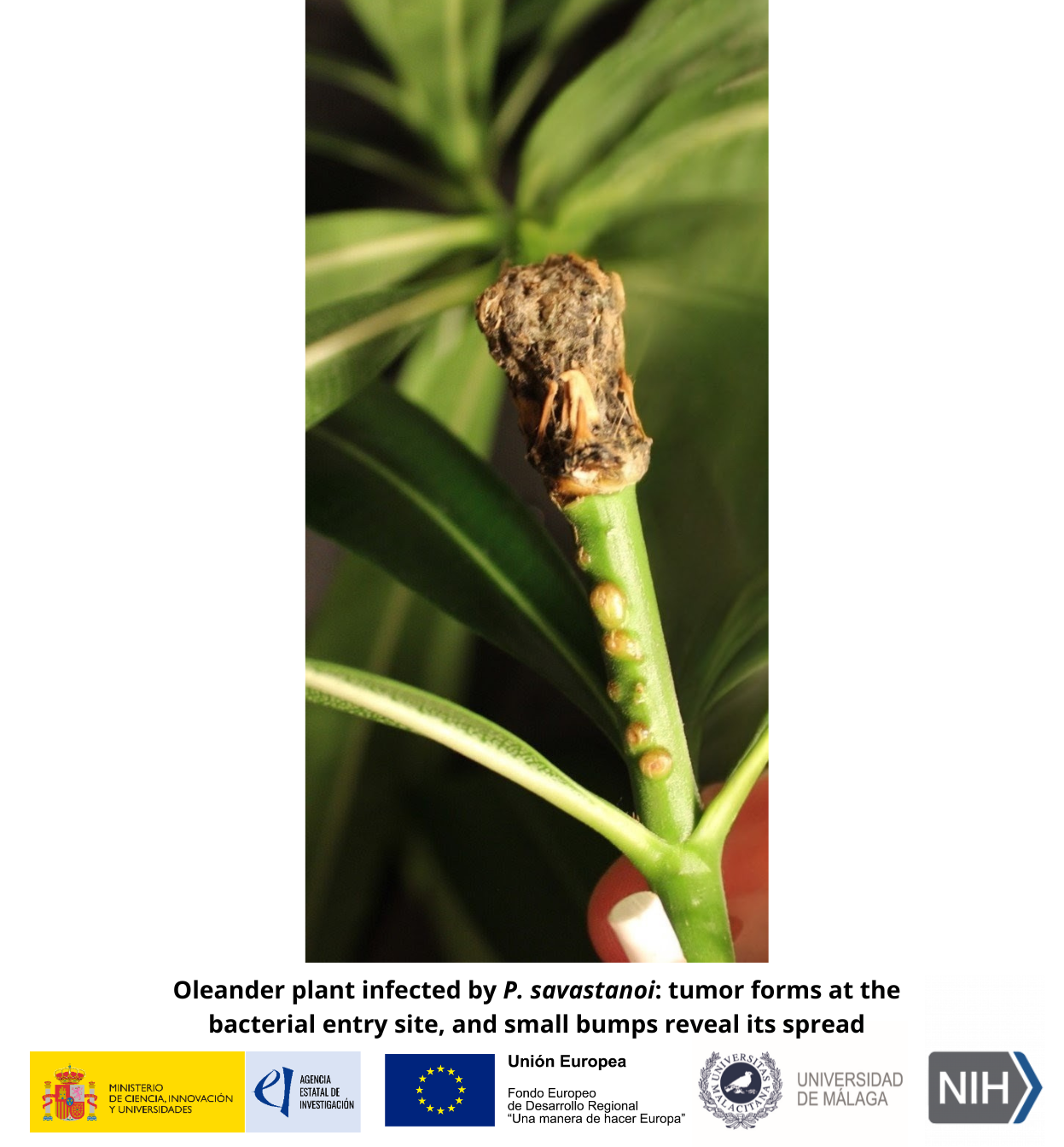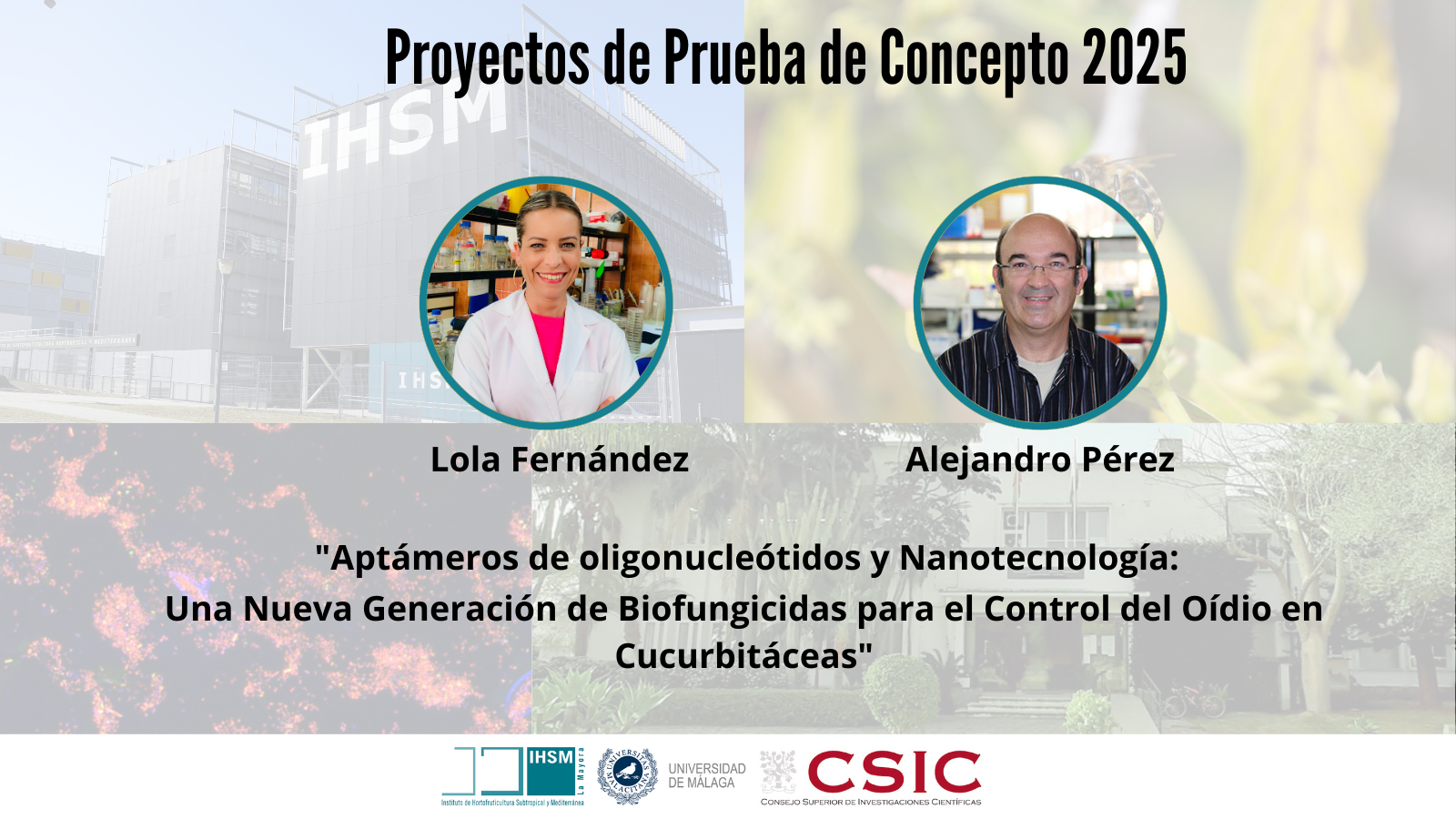
Seminarios IHSM La Mayora - Ariel Fontana y Laura Arribas
Seminar from Ariel Fontana Title: Chemical profiles as a tool for grapevine biochemistry, wine origin and by-products functionality studies Abstract Wine is composed by a complex scenery of chemistry-related species that come out from an interplay amongst environmental, genetic and human factors. Grapevine variety, site, year (vintage), and quality ratings are features used for the characterization and description of wines which are a reflection of the structure and quantity of small molecules. I will present a brief description of wine authenticity studies based on phenolic profiles of samples from different origin to achieve a comprehensive classification and typicity determination. In addition, the request for greener industrial production along with the challenge of minimizing by-product treatment costs has motivated the search of strategies for the re-use of by-products. In this vein, I will present results of chemical and functional characterization of bioactives (phenolic compounds and peptides) recovered from winemaking by-products and residues. Bioactive composition, bioaccessibility, stability of extracts under different storage conditions and applications of bioactive ingredients in food and health will be discussed. Seminar from Laura Arribas Title: m6A: the hidden mRNA code fueling plant life Abstract We say that ‘Life changes people’, but actually the same happens to biological macromolecules. Proteins can be modified after birth to acquire lipids, sugars, phosphate, acetyl or methyl groups… you name it! Like for people, these modifications alter their behaviour, e.g. their activity or their affinity towards their fellow proteins. Something similar same happens to DNA: an encounter with a methyltransferase can change DNA nucleotides with dramatic consequences for gene expression, and it turns out that mRNAs are not immune to life-changing modifications either. Internal adenosines in mRNAs can acquire a methyl group to become N6-methyladenosines (m6A), and these ‘chemical marks’ may alter the behaviour of the entire mRNA molecule in regards to its intracellular place of residence, its affinity for specific RNA-binding proteins, its capability to produce proteins, or even its lifespan altogether. In that way, the so-called m6A-mRNA pathway tightly controls gene expression, and this regulation is essential for plants to grow, to respond efficiently to stress, and to defend themselves against some pathogens. At the IHSM Friday Seminar, I will explain both, the general principles governing this ancient molecular pathway, and the particular way in which plants seem to exploit it in a more ‘clever’ way than other organisms, perhaps to achieve their extraordinary growth plasticity.








